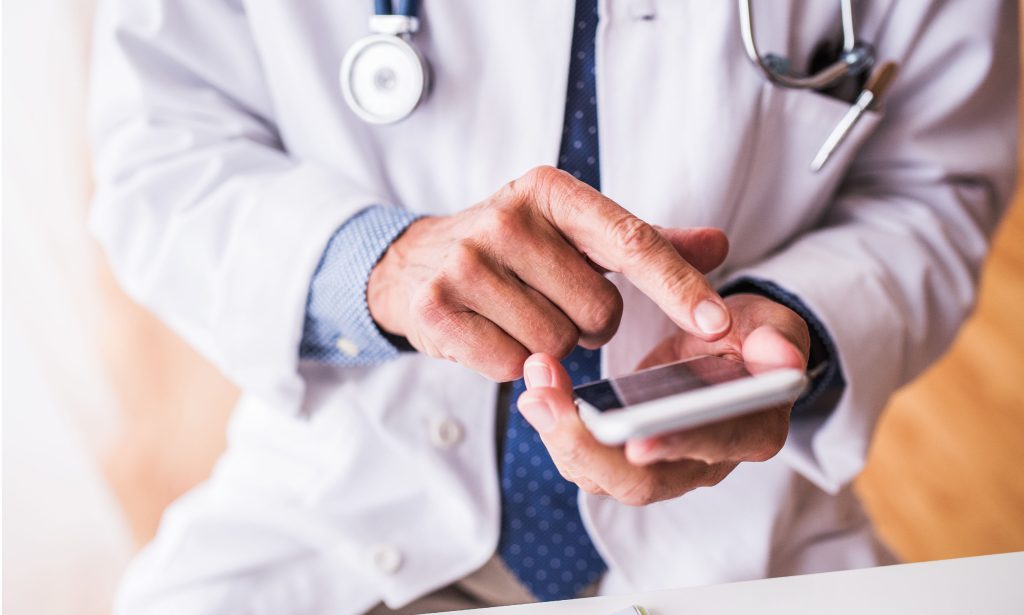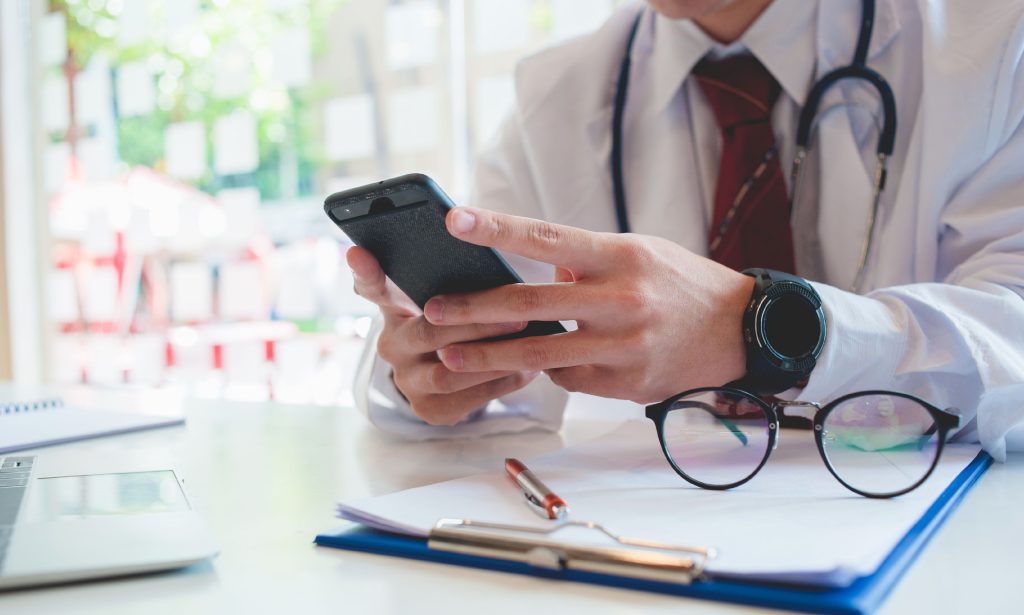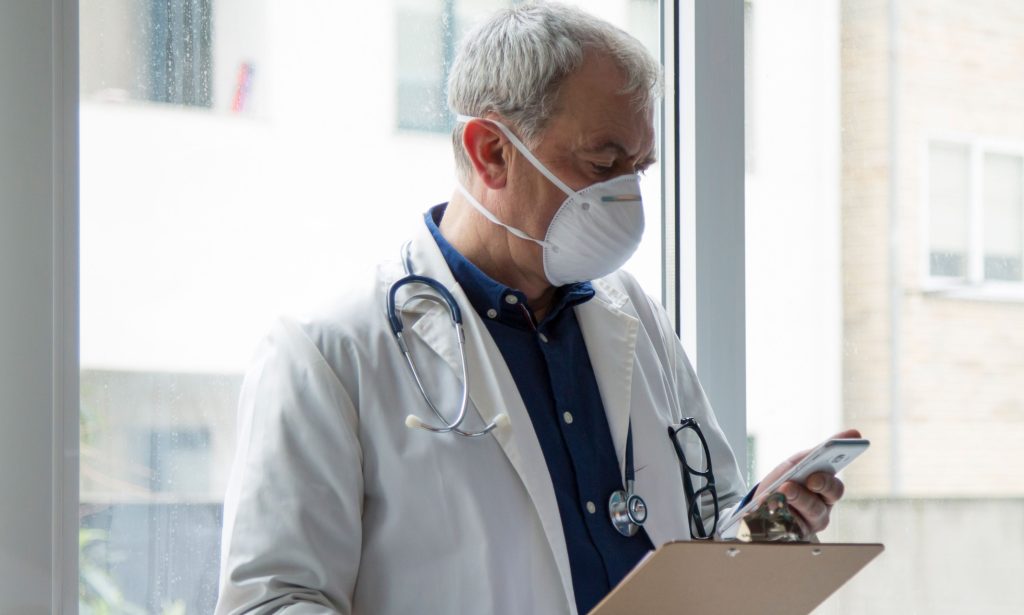Claimocity Case Studies
Dive into our insightful case studies that highlight the tangible impact of our solutions, demonstrating how we’ve empowered inpatient practices and providers to achieve their goals and succeed.
Looking for Something Specific?
Hospitalist Charge Capture
Claimocity’s accelerated charge capture increased efficiency and revenue for a Florida hospitalist group, increasing both time and revenue in just over 2 months.
Key Topics:
Revenue efficiency
Accelerated Charge Capture
Aggregate data indicates varying timeframes for accelerated charge capture between initial and follow-up encounters, contrasting with advertised alternatives.
Topics:
Time, Time efficiency
Analyzing Charge Capture Values
Standalone charge capture software saturates the market, offering specialized efficiency but lacking comprehensive revenue cycle intelligence, potentially leading to revenue loss and overlooked billing complexities.
Topics:
Value, Revenue Efficiency
Code Assist
Code assist reduces coding time to 2-3 seconds per complex encounter, decreasing stress and improving efficiency while mitigating revenue losses and legal risks.
Topics:
Time, Time Efficiency
ICD-10 Smart Directory
Gathering feedback from new clients on the effectiveness of utilizing an ICD-10 directory for streamlining the coding phase of billing.
Topics:
Value, Time Efficiency
Impact of Revenue per Encounter on Total Revenue
Switching to Claimocity software significantly boosted total revenue by enhancing performance per encounter, even for practices already operating efficiently.
Topics:
Revenue Efficiency
Increased Physician Happiness
Claimocity’s internal surveys indicate a significant boost of over 30% in physician happiness and work-life balance, prompting investigation into the deviation from the national average trends.
Topics:
Physician job-satisfaction
Lost and Missing Claims
Integrating accelerated charge capture sparked revenue growth due to increased claims, while adopting Claimocity for revenue management resulted in a revenue boost attributed to streamlined claim processing.
Topics:
Revenue Efficiency
New Client A/R Audit
Moving to Claimocity led to increased monthly revenue and efficient resolution of billing bottlenecks, resulting in additional total revenue without initial dips.
Topics:
Impact
Paper Billing to Mobile Charge Capture
Implementing Claimocity’s software with mobile charge capture enhances workflow efficiency, demonstrated by notable increases in total encounters over a short period for various practices.
Topics:
Impact
Reducing Administrative Billing Costs
This time study confirmed that Claimocity software significantly reduces administrative burdens in billing processes compared to the national average.
Topics:
Time
Looking for Something Else?
Blog Posts
Get inspired by our company’s blog for expert medical billing insights, industry-leading product updates, and tips to stay ahead in your specialty.
Why Claimocity?
We offer the most effective and efficient method for receiving payment for the patients you see.










